As an Amazon Associate I earn from qualifying purchases.
“Zombie deer disease.” Gimme a break. One of the tackier headlines of all time. That said, Chronic Wasting Disease is real, and the possibility of CWD in humans may be getting closer to real.
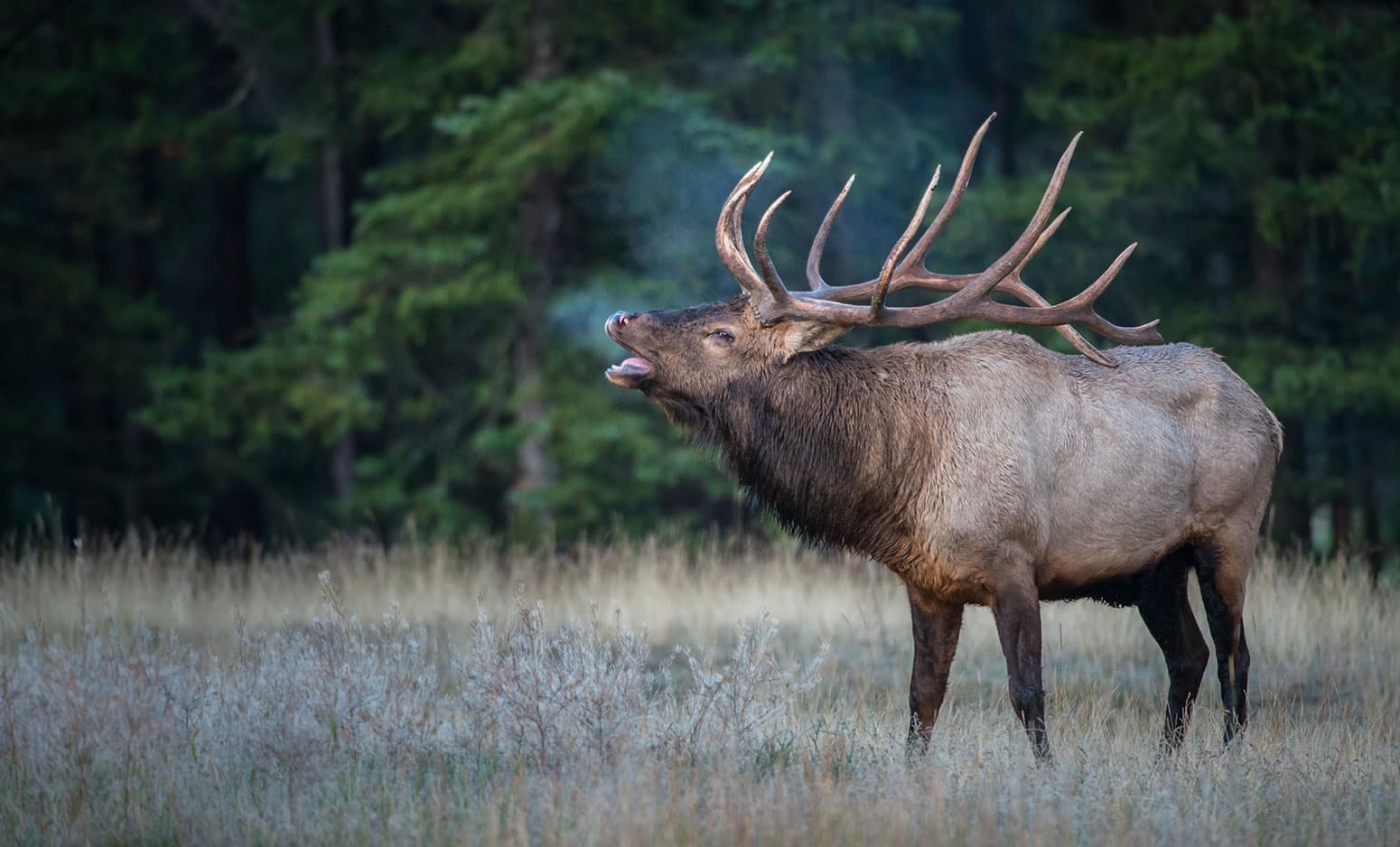
I’ve been following the research on Chronic Wasting Disease (CWD) for many years, mostly as it pertains to CWD in humans. Given all the misinformation out there, I thought it time for a calmer voice. What follows below is what we know about CWD, and other similar ailments, as of September 2022.
Keep in mind I am not writing about CWD as it affects deer and other cervids, I am writing about how it may or may not affect humans eating venison. This is a cooking website, after all.
OK, number one thing you need to know is this: CWD has never been shown to affect human beings.
Chronic Wasting Disease has been known to science for more than 50 years, and millions and millions of pounds of deer meat has been eaten by millions and millions of people, and there has not been one verifiable case of CWD in humans. Not one.
Chronic Wasting Disease does indeed affect cervids, however. What’s a cervid? Anything with antlers. Keep in mind that pronghorns are not cervids, nor are bison or real antelope like oryx, nilgai or blackbucks — they are all bovids, like cattle. We’ll get to them in a moment.
So why are people flipping out about CWD in humans? Other than the fact that it is affecting the local deer herds in 30 states plus five Canadian provinces, there is a fear that it might somehow jump to humans.
Side note: When I first wrote this article in March 2019, it was only 25 states and 2 provinces, so Chronic Wasting Disease is spreading fast.
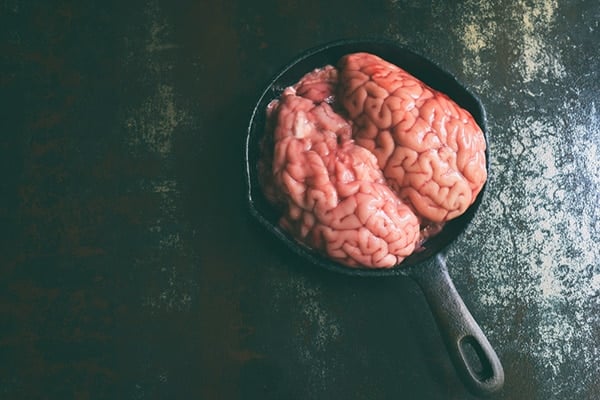
What is Chronic Wasting Disease?
Chronic Wasting Disease is believed to be caused by a prion. A prion is a misfolded, self-replicating protein that, when it does self-replicate, can massively mess up your brain.
Here’s a good explanation from a 2016 Nature article: “The protein can adopt malformed shapes that cause disease. Those proteins, which are resistant to degradation, bind and convert normal protein to their troublesome conformation. Over time, the diseased protein builds up and forms fibrils in the brain, causing neurodegeneration and ultimately death.” No bueno.
This sort of cellular mayhem happens to occur naturally in many animals: cattle, sheep, cats, minks, cervids, and yes, humans. Human prion diseases include fatal insomnia; kuru; Gerstmann-Straussler-Scheinker syndrome; as well as variant, hereditary and sporadic Creutzfeldt Jakob disease (CJD). Sporadic CJD is the most common human prion disease; your chances of getting it are about one in a million.
Incidentally, it’s generally not a good idea to eat human brains, as doing so is a cause of another prion disease known as kuru, so called for the illness’ name among a group of brain-eating cannibals in New Guinea, who are the only known people to have ever contracted it.
Mad Cow Disease
We also know about the sheep version of CWD, called scrapie, as well as Bovine Spongiform Encephalopathy, or mad cow disease, in cattle.
It’s BSE that has everyone jumpy. Of all the various prion ailments, BSE is the only one to have ever jumped the species barrier in real life. Some scientists think mad cow developed from scrapie, after cows ate scrapie-infected bone meal made from sheep bits. It was first detected in 1984 in the UK. This feeding practice was banned in 1988 – before the first human detection of the disease.
Somehow BSE jumped from cows to humans in Britain about 30 years ago, causing a new variant of CJD, contracted by eating infected meat. Fascinatingly, everyone who got vCJD from mad cow had the same genetic marker – although 40% of Caucasians happen to have that marker. (I could not find data on its prevalence among non-white people. A bit of scientific bigotry, there…) And almost all cases were young adults, most of whom showed symptoms by age 28.
All told, this new vCJD has thus far killed 232 humans. The peak of the “epidemic” was 31 cases in 1999 in the European Union, and there have been only 3 cases in the EU from 2010 to 2014. Keep in mind that millions of Britons were exposed to infected beef before it was all incinerated 20 years ago.
There have been 6 cases of BSE in cows in the US, the last in Florida in 2018. There have been only 4 human cases in the US, the last a Texas man in 2014.
Let me say this one more time: BSE is the only known prion illness to have jumped the species barrier in real life, and even then it affected a tiny number of people who fit a specific subset of the population.
Yes, I know, I wouldn’t want to be one of the unlucky few, either. But I just want to put all this in perspective.
CWD in Humans?
Still, you have the World Health Organization issuing a warning about Chronic Wasting Disease, not to mention local and national health institutes of both the United States and Canada. Why? In a word, uncertainty.
We’ve been eating scrapie-infected lamb and mutton for thousands of years, but no one has ever contracted scrapie. And a variant of BSE has been around probably forever; the Romans wrote about it. So what caused it to jump to humans? We’re still not sure.
Science has its full attention on this issue, and new data is emerging constantly. Scientists have done studies on how to detect a prion illness, how to cure it, what are the mechanisms for transmission both within a species and across species. There’s even one researcher who is convinced that prions aren’t the cause, but rather a bacteria. He’s been following this line of research since 1979, but so far he remains an outlier in CWD research.
It’s this fluidity that has everyone up in arms. People want easy answers, and with CWD there aren’t any.
Latest Studies on CWD in Humans
A September 2022 study by the University of Calgary shows that there could be a mechanism for CWD in humans to exist.
“This is the first study to show that the barrier for CWD prions to infect humans is not absolute and that there is an actual risk that it can transmit to humans,” said Dr. Sabine Gilch, one of the authors of the study.
The researchers took CWD isolates from infected deer and injected them into “humanized” mouse models. Over a period of years, the mice developed CWD. The mice also were found to shed infectious prions in feces. “The implication is that CWD in humans might be contagious and transmit from person to person,” Gilch said.
Furthermore, the study showed that CWD in humans might look different from CJD, the “normal” prion disease we can get. “When we look at humans, we usually see a typical signature,” Gilch said. “And in this mouse model we did not find that signature, which means if this ever happens with humans, it will not look like the prion diseases that we know. It might be significantly different from whatever we know so far.”
All this said, the researchers stressed that this does not prove that CWD in humans exists. It just shows that there is a pathway for it to do so.
Welcome to science, folks. Nothing gets settled until lots of other scientists can reproduce someone’s results. And since most prion diseases take years to develop symptoms, it makes doing that with CWD fiendishly hard.
Another fear factor is that scientists have been able to get prion diseases to jump species barriers in the lab, often using weird, inject-it-into-your-brain methods. Hell, they even got scrapie to jump this way. The takeaway from all these experiments isn’t that you’re going to die tomorrow from CWD, it’s that there is a way, in theory, for these prions to jump from deer to humans.
How that might happen in real life is what science is working on now. It happened with BSE, turning itself to vCJD. Exactly how isn’t known.
CWD vs. Mad Cow
Well, what if Chronic Wasting Disease jumps to cattle and gets into the food supply that way? It won’t. A 2018 study done by the USDA (among others) determined that cattle, living for years among infected deer and eating lots and lots of CWD infected brain material in their feed (what the British banned back in 1988), still didn’t get it.
And according to a 2017 article in the Journal of Virology, pigs eating dead, CWD-infected deer could act as a reservoir for the illness, although they wouldn’t get it. Interestingly, they don’t get BSE or anything like it even eating lots of infected beef. Other research suggests otherwise, however, so the jury is still out on this one.
Confounding, eh? The reason could be because of how a particular animal is built. A UC-San Diego researcher named Timothy Kurt looked at what makes up the prion, that malformed protein that is the cause of all this…
“Kurt looked at the role played by the 210 amino acids in the prion protein to figure out why CWD is transmitted to some species and not others. He found that when a species had a different amino acid in a key location, the diseased prion wouldn’t fit neatly into the healthy prion, like a zipper with teeth that don’t fit together. This, Kurt believes, is CWD’s species barrier. The amino acid sequence differed between humans and deer at a key location. A different study showed that a macaque’s amino acids matched the deer sequence in the same spot, but not the human one.”
This amino acid factor is real. For a prion to transfer across species, the “zipper” has to fit right. You can shoehorn it in the lab, but in natural conditions it won’t do it. The real fear is mutation.
Like scrapie, CWD could be an illness we could live alongside for millennia with no problems. Or, it could be like mad cow. We just don’t know.
Why You Should Care
So what does that all mean to you, the eater of venison?
Sadly, I can’t tell you what to do.
All data shows that you have nothing to fear from CWD. But the long incubation period of prion illnesses, the fact that CWD has been shown to mutate within deer populations, and the fact that BSE did somehow jump the species barrier all suggest caution on our part. In short, no one has gotten Chronic Wasting Disease, but no one wants to be Patient Zero, either.
And my old advice from seven years ago, that the prions, if present, would largely be in the spine and bones, is no longer accurate. Scientists recently have found CWD prions throughout the bodies of infected deer.
As scientist Sandra Pritzkow puts in in a 2022 article on the potential for CWD in humans: “The zoonotic potential of CWD remains a dangerous enigma.”
As of now, it looks like the safest course would be to get your deer tested for CWD if you are in a region where it is known to exist. Keep in mind that in most places where it does exist, CWD is still uncommon. There are a few places in Canada, Wisconsin, Nebraska, Colorado and Wyoming where the prevalence is high, however.
If your deer tests positive, it’s your call on eating it. Data says you’re fine. But you have to be comfortable with eating the animal. I am honestly not sure if I would or not, but I am leaning toward no.
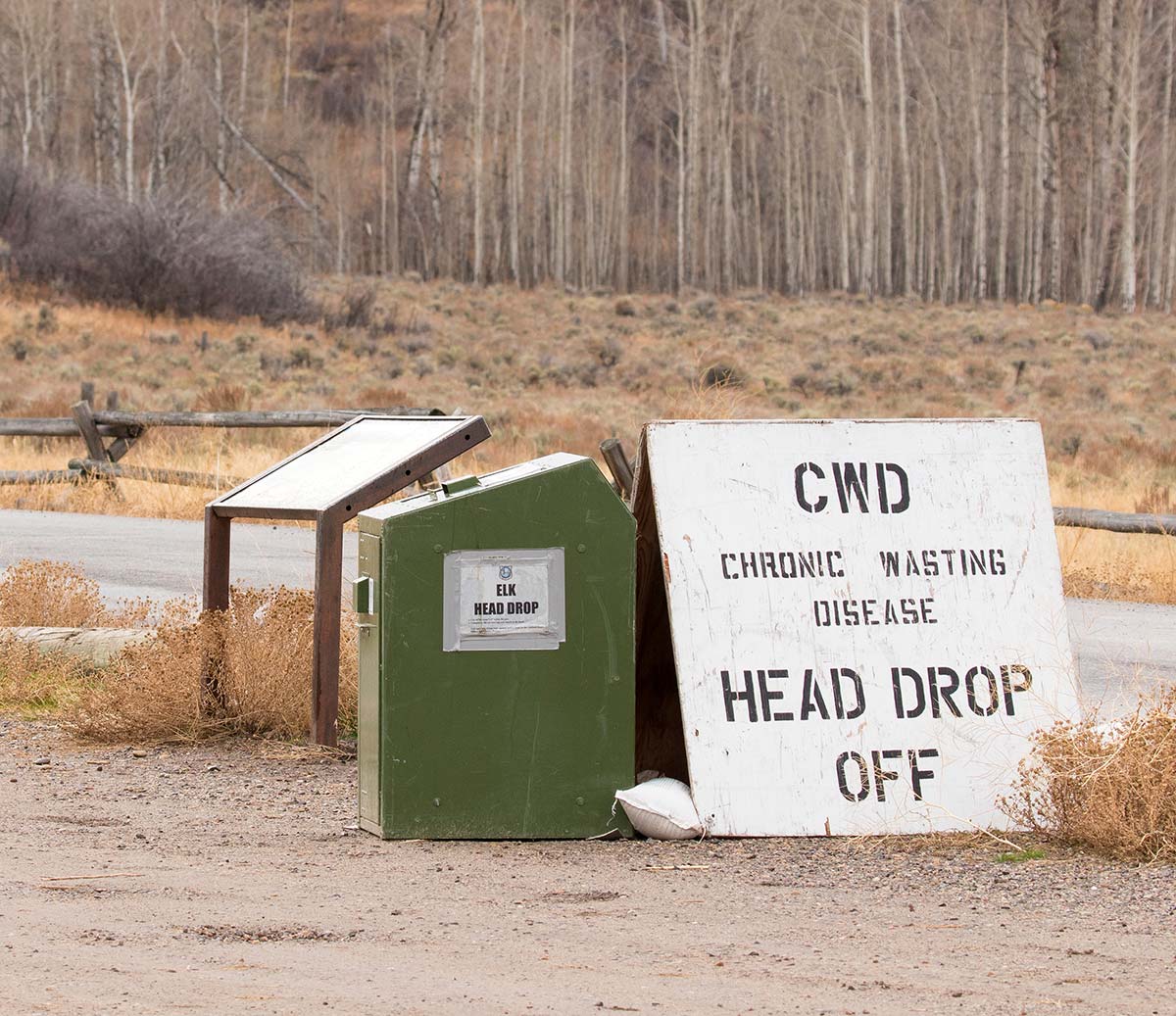
Resources
Here is a map of where Chronic Wasting Disease has been found, both in wild and captive deer populations.
If you hunt deer in Colorado, here is how to get your deer tested.
Wyoming CWD testing information.
Utah CWD check stations and other data.
Minnesota test results by county.
How to get your deer tested in Wisconsin. Test results by county in Wisconsin.
Michigan CWD information. 2021 test results.
Information and testing options for CWD in Illinois.
Data on CWD in New Mexico.
Virginia testing for CWD.
Maryland CWD information.
How to get your deer tested in Arkansas.
Tennessee CWD information and testing results.
Getting your deer tested in Missouri.

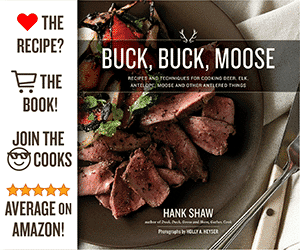

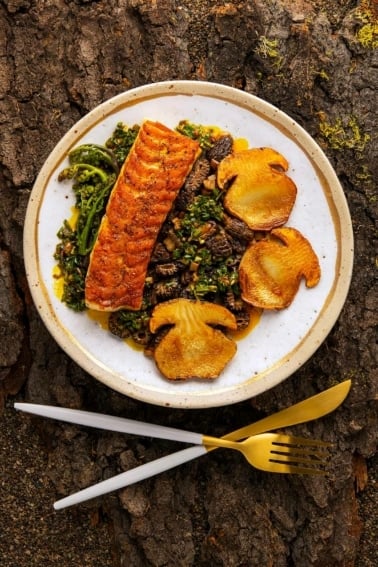
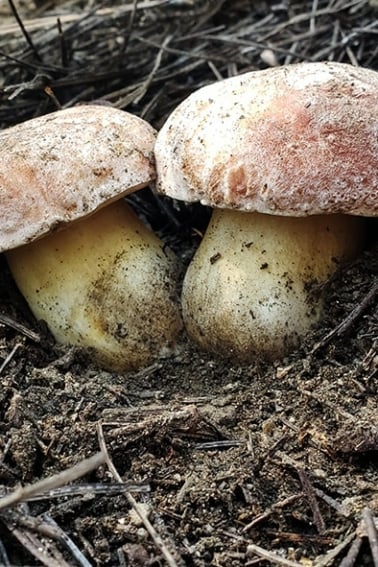
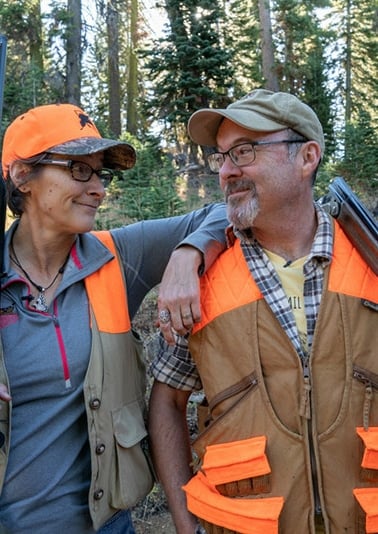
My father died of CJD. It is a horrible death, and while the chances are small the devastation is real. He apparently contracted it after eating a single meal of steak on a visit to London in the early 1990’s, a celebratory dinner on one of the few trips abroad my parents made together, en route to my sister’s wedding in the Mediterranean. Within a few weeks of that steak his personality changed. He went from outgoing and somewhat generous to terse and abrupt, to losing his words, relying on written notes to communicate, until that turned to gibberish. He died about 8 months later.
I’m sorry to unload this here, but this is a very dangerous disease and there is about zero information about it. Your article is the first time I have seen any real discussion on this in decades.
Hank what happened to that Canadian study where they fed monkeys CWD meat? Did it ever officially get published? What was the fallout? You mentioned it in previous versions of this article but it’s no longer included.
Thank you for this great article. I check it every hunting season
Nick: That particular study turned out to be flawed, and has had a number of rejoinders criticizing its methods. So I took it out of the article.
Hank. Where did you find information about the Canadian study being flawed? I would love to read about it….. if so it’s probably the first piece of good news I’ve ever heard about CWD
Thank you for this overview , this sounds like the “bangs” problem also.
I personaly have met someone who cotracted the disease while working with cattle , and now I have been told that feral pigs have been infected (on purpose) to decrease their population. As for myself I will take precautions with all wild gathed game .
There is now manditory CWD testing in Texas .
Why is nobody, especially fish and game agencies, promoting the usage of hypochlorous acid (HCOl) as a way to deactivate prions to mitigate exposure and their spread?
All that we seem to hear is that they are indestructible except by bleach or super high temperatures…. but this NIH study from > 3 years ago shows otherwise.
https://www.niaid.nih.gov/news-events/immune-system-oxidant-could-be-key-inactivating-prions
https://journals.plos.org/plospathogens/article?id=10.1371/journal.ppat.1005914
https://www.heraldnet.com/business/scientist-woodinville-companys-breakthrough-is-surprising/
https://www.uwb.edu/news/september-2016/dementia-disease-breakthrough
Seems to be an effective way to get rid of these prions without destroying what it is you are trying to decontaminate!
Thanks for the good article and a special thanks to all the researchers out there trying to make sense of all this!
Here is a question for researchers. It seems that for scientists; and not to mention the average person/hunter out there, CWD prions are impossible to stop spreading given how prions bind to things?
Given the nature of CWD prions, how some studies show they can remain in soils, plants, bind to steel and/or other surfaces, and can only be “destroyed” via extremely destructive procedures that are not available to the average person (outside of bleach on steel surfaces only, see latest 10/19 study https://www.nih.gov/news-events/news-releases/household-bleach-inactivates-chronic-wasting-disease-prions) it appears they *bind* to absolutely anything they come in contact with.
People can wear rubber gloves, minimize handling of brain and spinal cord tissues etc. get animals tested and make a personal choice on whether or not to consume the meat…. but at the end of the day aren’t the prions already spread over everything that any part of an infected animal come into contact with?
Lets say I wear rubber gloves, and completely process an animal properly following all recommended procedures as published by most fish and game agencies….. I bag the meat up and throw it in a frame pack to haul out of the field. Anyone who has ever hunted knows this is not a clean room laboratory environment. Blood gets on things, pants, backpack, clothes etc. Maybe a drop of spinal column fluid ends up on a glove, that then touches my pack etc. Prions on are now on my game bags and potentially on my frame pack, and eventually in my truck bed etc.
What about the head I handle w/ gloves in the field? Well it ends up in the back of people’s trucks, on to a taxidermist etc. Even after the brains and spinal cord/column is properly removed, aren’t prions still bound in the skulls? even after boiling or European mount procedures (using borax, whitening etc)?
What about when those clothes that had contact w/ an infected deer during processing, go into someones washer/dryer… those prions are now bound to that equipment as well?
It just seems to me that these prions are likely already spread all of the place by anyone who happens to even come into casual contact with any part of handling game animals. From reading about CWD prions wouldn’t one venture to guess they are already in hundreds of thousands of hunters trucks, clothing and houses w/ taxidermy etc?
Thoughts?
This is the crux of the problem. If we are to believe the prions are as indestructible and ubiquitous in the animal’s tissues/bodily fluids as described, once someone has field dressed a positive animal, pretty much everything they or the animal’s exposed tissues/bodily fluids come into contact with would be prion contaminated on some level. If those assumptions are, in fact, correct, the implications are pretty dire when paired with the in vivo transmission shown in the humanized mouse study. What are we missing? Is it an exposure threshold?
Most balanced and reasonable summary of CWD I’ve read. Thank you.
Great Article. I’ve been following this for awhile and have been following others, including Doug Duren’s efforts in Wisconsin and the (almost) lack of effort/research in Wyoming where I live. More research, less hype is what is going to help us with this immense problem. Honestly, I would consume a CWD deer or elk but would not have my children or grandchildren eat it. At my advanced age, I probably wouldn’t even know that I had the disease-who could tell what finally drove me insane!
Excellent article! Concise enough for those whose interests may be inclined toward a just-the-facts delivery, with grounding, common sense reassurance, yet technical (my delight) enough to add intriguing information to what I’d read many years ago, about BSE, kuru and fatal insomnia. “Be that farmer.” That quote will stick with me. Yes! -on All levels. Can we get sick eating some foods, under certain circumstances? We can. But short of anaphylactic-shock-causing, or comparable seriousness, or perhaps for deep philosophical reasons, swearing off of any nutritious, delicious available food, would be sad, particularly if inspired by media sensationalism. I refuse to live in fear, so I research. Mr. Hank Shaw, you have my admiring respect. May I humbly add my own quote, of actual highest praise, that works for OCD me every day? “It’s perfect enough.”